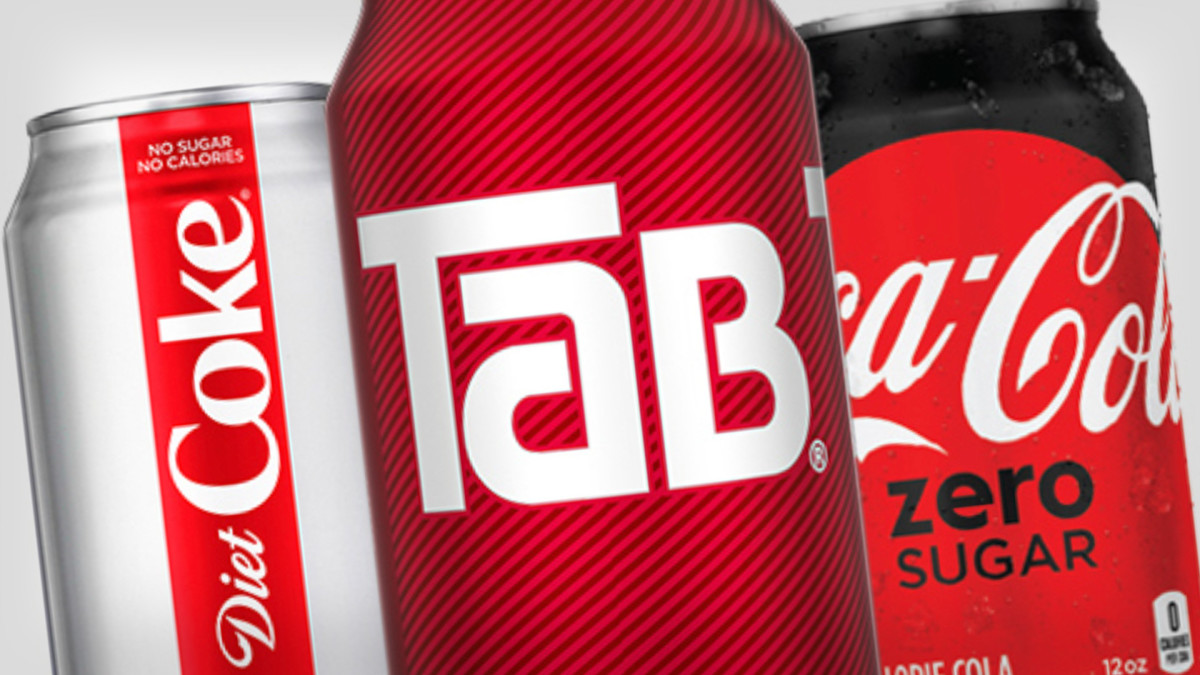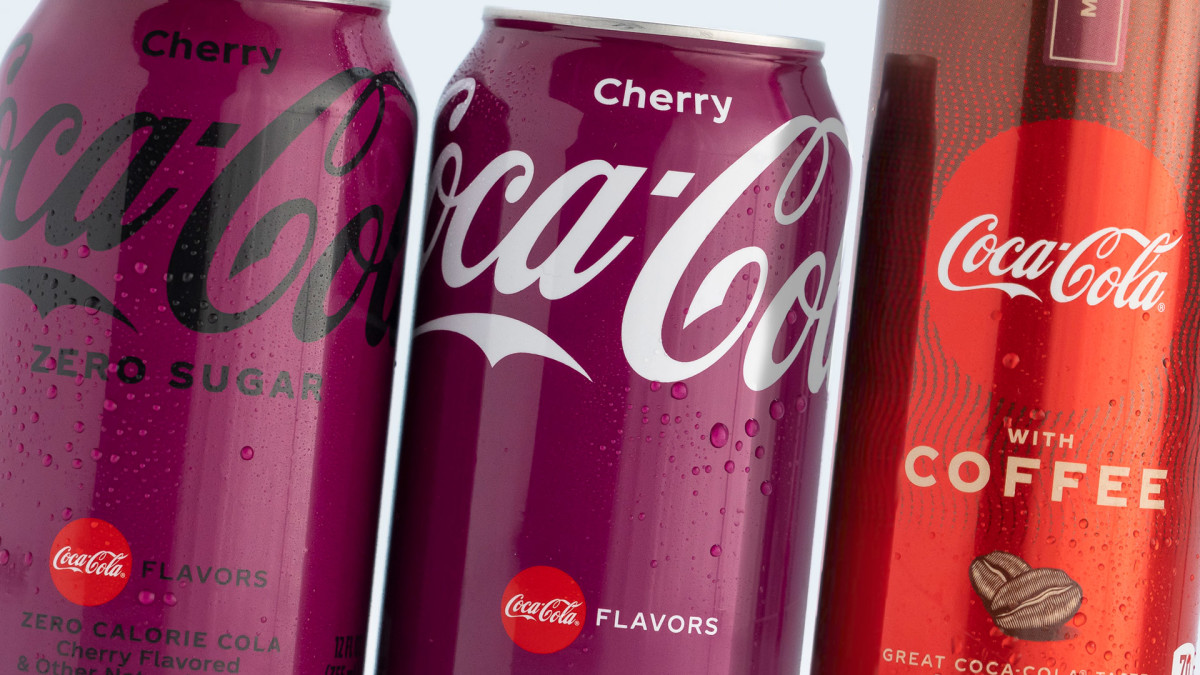
In the 2006 "The Simpsons" episode. "My Fair Laddy," Homer Simpson wears out the seat of his ever-present blue pants in an unfortunate go-kart incident. That leads to him discovering that despite his love for his favorite trousers, the product has fallen out of favor and no store in Springfield actually sells them anymore.
"When he goes to the factory that sells them, the manager tells him that they don't make blue pants anymore due to poor sales thanks to a disastrous Super Bowl ad, but Homer tells him that he'll get more customers. Not surprisingly for him, he does this by writing 'Buy blue pants' on the back of his head. However, it works, and soon everyone is wearing blue pants," according to Simpsons Wiki.
Related: Beyond Biden and Taylor Swift, how deepfakes work
That may seem like a silly story, but it speaks to what happens when Coca-Cola (KO) or PepsiCo discontinues a brand. Those brands may not have enough fans or sales to justify the companies continuing to make them, but they almost certainly have a significant fanbase.
The least popular Coke and Pepsi products likely have tens of thousands of people who consider the dropped flavor their favorite. That's not enough for the companies to keep them, although, public pressure has occasionally led to a discontinued flavor (including Crystal Pepsi and Pepsi Blue) to make a brief comeback.
In most cases, however, when Coca-Cola or Pepsico discontinues a soda flavor or even an entire brand, it's done for a good reason. Daymon President Jim Griffin answered some questions from TheStreet via email to discuss why brands discontinue flavors that have a dedicated fanbase.
(Griffin is not speaking specifically to choices made by Coke or Pepsi, but in a broader industry sense).

Coca-Cola
Coke and Pepsi need new flavors
TheStreet: What drives brands to discontinue flavors?
Jim Griffin: To compete in the highly competitive retail landscape, brands, and retailers are constantly seeking ways to drive excitement and attention to their brands amid a sea of competition. That often means innovation – bringing something new to the table – including new flavors.
Flavor is key to driving and maintaining relevancy. Nearly 9 in 10 shoppers say they seek out new food flavors and trends at least occasionally, with 7 in 10 seeking the same for beverages. Leaning into bold flavor is a core strategy to drive distinct and ownable innovation, and even more critical to meet younger shoppers' desires and demands.
TheStreet: So, adding new flavors means getting rid of older ones?
Griffin: The aisles of grocers –brick-and-mortar and e-commerce – cannot expand indefinitely or in perpetuity. So when a new product comes to market, in most cases, another has to go.
Retailers or brands may discontinue flavors for many reasons, but a few key factors include: a seasonal or limited-time-offer (LTO) approach, a shift in total portfolio or category management strategy, and simply because the flavor didn't meet the intended sales volume expectations. Given finite shelf space, finite manufacturing capacities and finite financials, flavor discontinuation is a necessary function of CPG brand strategy.
TheStreet: Wegmans actually discontinued its soda line, but are private labels changing the marketplace?
Griffin: Private brand programs, or those brands owned by retailers directly, are forging a new path in the market. Best-in-class retailer private brands are now driving some flavor trends in the market — in some cases outpacing national brands. By leaning into distinct flavors and flavor combinations, they’re able to capture exclusive loyalty.
Shoppers tell us they have a positive perception of private brands that launch new flavors and LTO's. Respondents say new flavors are exciting, contribute to their enjoyment of the store experience, and even keep them coming back.
Taking away soda flavors has its own risks
TheStreet: Should brands be worried about angering loyal customers?
Griffin: On the flip side, swapping out flavors isn’t without a certain level of risk. Intense consumer loyalty – even niche pockets – for a specific flavor can result in equally intense consumer shock and backlash when those flavors are discontinued. But if there is substantial backlash, you can always bring a flavor or product back, and use the backlash to generate increased buzz and sales.
For the most part, consumers have taken note recognizing that LTOs won’t be around forever, furthering bursts of demand and excitement.
Retailers and brands driving newness have become increasingly competitive, and strategizing flavor has become table-stakes – including marketing it in a way that proliferates trial to new consumer groups, growing brand awareness and market share.
At the end of the day, the numbers do the talking, and lead the way when deciding what to cut, leaving room for a bold flavor to execute next…or even setting the stage to bring back fanfare flavors again and again.







